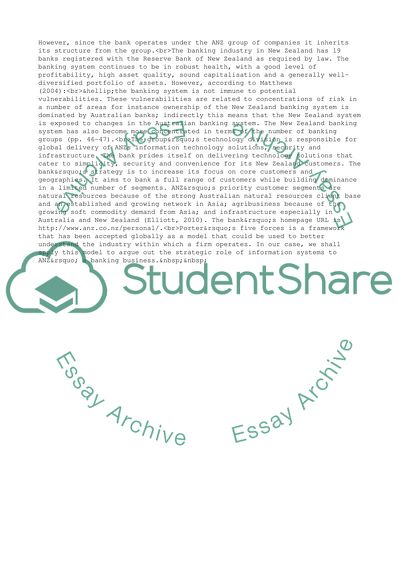Cite this document
(ANZ Group of Companies Assignment Example | Topics and Well Written Essays - 1500 words, n.d.)
ANZ Group of Companies Assignment Example | Topics and Well Written Essays - 1500 words. Retrieved from https://studentshare.org/business/1737480-information-system
ANZ Group of Companies Assignment Example | Topics and Well Written Essays - 1500 words. Retrieved from https://studentshare.org/business/1737480-information-system
(ANZ Group of Companies Assignment Example | Topics and Well Written Essays - 1500 Words)
ANZ Group of Companies Assignment Example | Topics and Well Written Essays - 1500 Words. https://studentshare.org/business/1737480-information-system.
ANZ Group of Companies Assignment Example | Topics and Well Written Essays - 1500 Words. https://studentshare.org/business/1737480-information-system.
“ANZ Group of Companies Assignment Example | Topics and Well Written Essays - 1500 Words”, n.d. https://studentshare.org/business/1737480-information-system.


